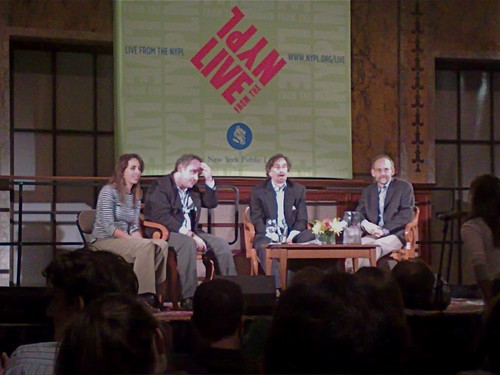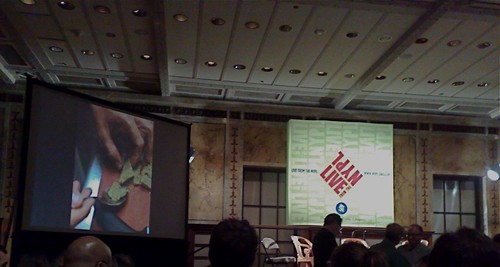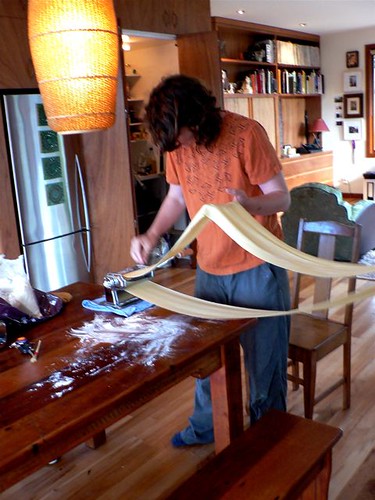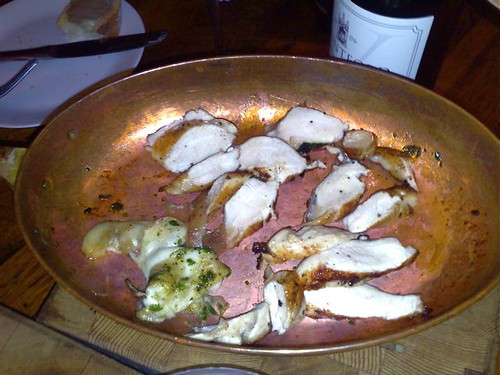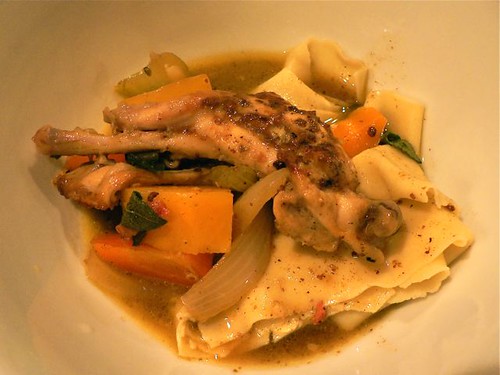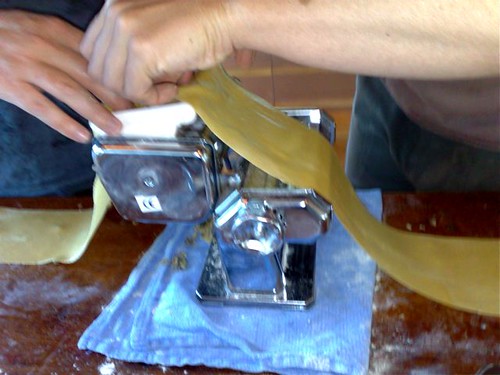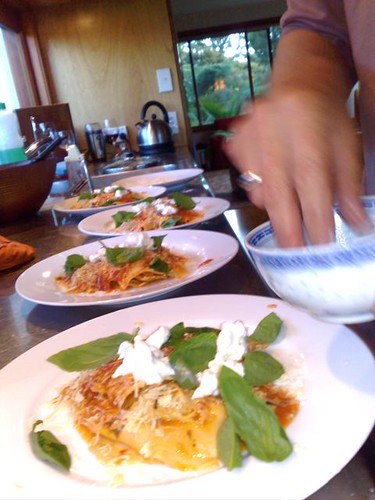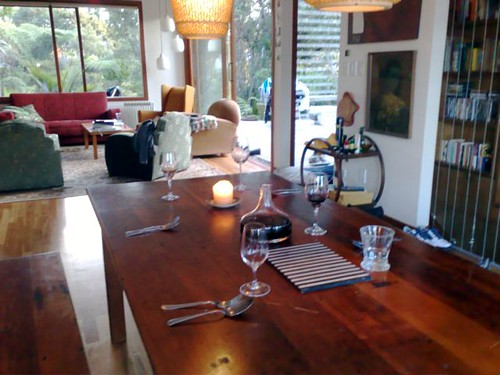I just got back from my annual sister gathering.
There are four girls in my family and we try to get together whenever possible.
Being four half Chinese girls there is usually lots of shopping, great food, too much alcohol and often some fights and tears
The last get together was on my birthday and wedding in New Zealand - it didn't run that smoothly
The year before was skipped on account of 2004's gathering that included far too much wine, bickering at
Neil Perry's now failed XO restaurant and me standing up in the middle of dinner to announce "fuck you both, I'm leaving" (the youngest one was not present at that gathering). At which point my older sister snatched my bag and scowled "no you're not". My announcement reduced my other little sister to tears who, in between mouthfuls of Neil's excellent braised pork hock, quivered "I hate it when everyone argues". We then all argued over the bill. Such is the nature of family.
This year's annual feast however, went exceedingly well. I chose Yoshii's figuring that wine is not ideal for those prone to fighting and tears.
Being all a bit older Japanese also seemed ideal given that we are now all on continual diets
Plus the
Sydney Morning Herald had just released their good food guide and gave Yoshii's the thumbs up.
We went on the night of the election....I rudely enquired as to who the Maitre D voted for, he said
Howard.....we changed the subject and left a miserly tip
The food........well.....the sake was excellent, definitely a highlight and we all drank so much of it and we talked so much that the food seemed rather secondary
Although we were interrupted and explained what each dish was by excceedingly polite Japanese waitresses, I can hardly remember what we ate. I did take photos though.
At dinner there are two set menus to choose from: The Yoshii Course ($130 AUD) and the Sakura Course ($120 AUD)
Below are some photos of both
I had the Yoshii Course
Sea Urchin Egg Cup. I was still very much sober at this point. The egg is half cooked by hot dashi inside. The sea urchin was Australian sea urchin, thus not that lovely golden colour and not exactly bursting with flavour. Plus it was used so sparingly I could hardly taste it.

? This was on the Sakura course that my sister had. I can't remember what it was

Quadruplet of Appetisers: Ocean trout wrapped with nashi pear and served with kimizu; blue swimmer crab and goats curd avocado roll; grilled pacific oyster; deep fried kanpyou; cumquat and frois gras mousse.

Despite the whimsical descriptions it was all a bit bland
Salt Baked Abalone. I've never been a big fan of abalone. I don't see what the fuss is about. Nice texture, no flavour.

Miso Blue Cheese Black Cod. This was very very good. Memorable and delicious indeed.

Duck (on the Sakura course, I wasn't even tempted to try this)

Veal Capriccio...from what I recall at this point it was tasty and meaty and full of lovely unami mushroom flavours

Fish Baked in Paper, unspectacular (on the Sakura Course)

Rose gum smoked wagyu with horseraddish and turnip puree in Tamari reduction. I wish I could say I tasted the rose gum, but then I would be lying.

All I know is that the green stuff is green tea soba noodles in the middle (Sakura course)

Something rather bland in an edamame broth that was an odd slightly grainy texture (just checked the menu and it said spanner crab mousse wrapped in long net mushroom and edamame bonito)

Sushi Course (nothing amazing here, no premium toro or uni here)

Best Miso I Have Ever Had - No Photo
Dessert
Sweet potato crepe with orange reduction and goji berries (the fresh orange flavour definitely balanced the potential heaviness of the sweet potato filling

Pannacotta with black sesame crust and bits

Apple Spring Roll with Apple and Wasabi Sorbet (sounds unappetizing but was probably the best dessert)

Yoshiis is billed as kaiseki styled dining which is supposed to be a type of Japanese banquet whereby the diner is delighted by a series of small seasonal dishes and left to admire not only the artful food presentation but also ponder the beautiful bounties of the season and lastly appreciate the handcrafted ceramics on which the food is presented.
It is supposed to be an exercise in aesthetic appreciation and although it was definitely an exercise in sake appreciation, I felt that the food did not really reach quite the same pinnacles as the sake enjoyment. The presentation and plateware didn't knock my socks off either.
We spent a whooping $720 AUD for four people (including lashings of sake). It's not the first time I've been disappointed by an acclaimed and expensive restaurant, and it probably won't be the last. I guess there is a lot to be said for over planning and expectations. Next time I'll leave more to chance.
We ended the night at Ding Dong Dang on Sussex St belting out kareoke hits and torturing each other with our worst high pitched renditions of Minnie Riperton's "Loving You Is Easy Cause Your Beautiful", I wish I could have sung the same fever pitched praise about the meal



